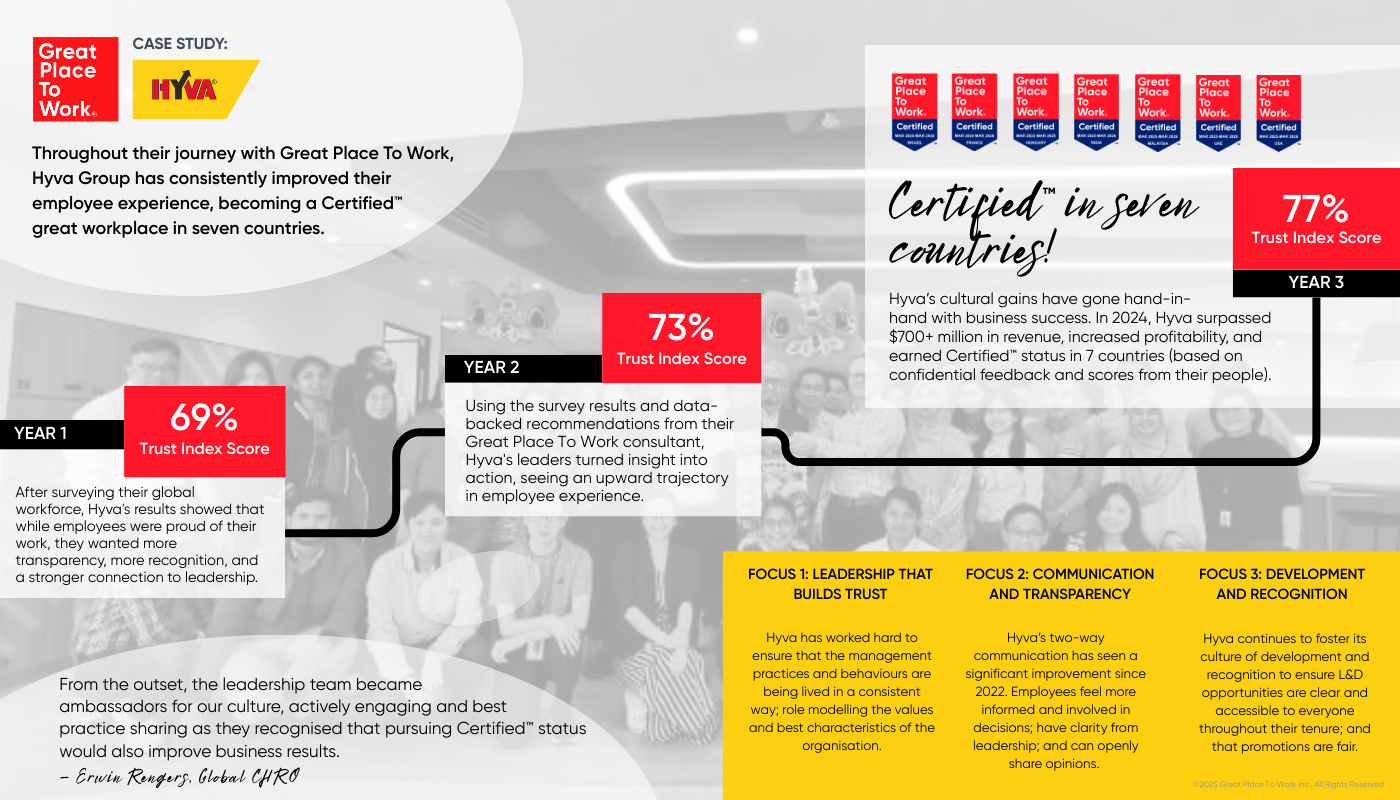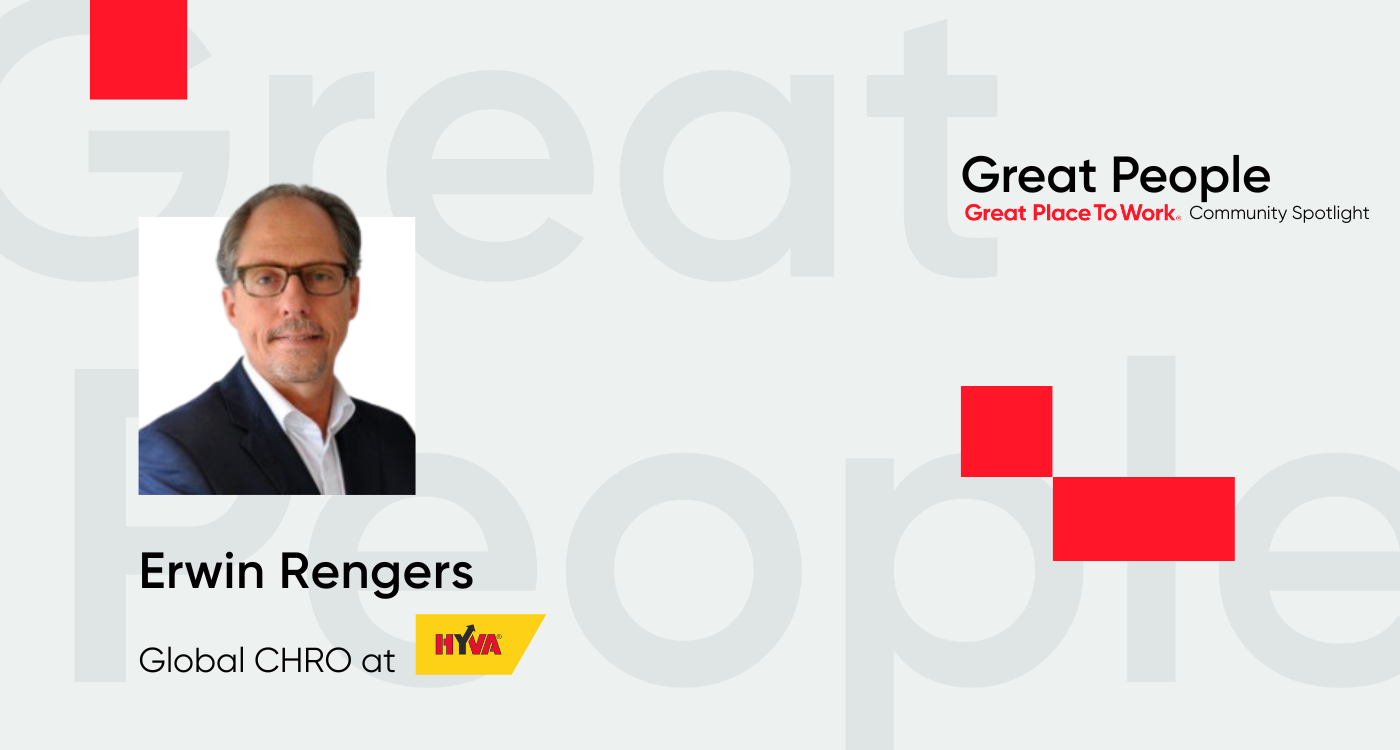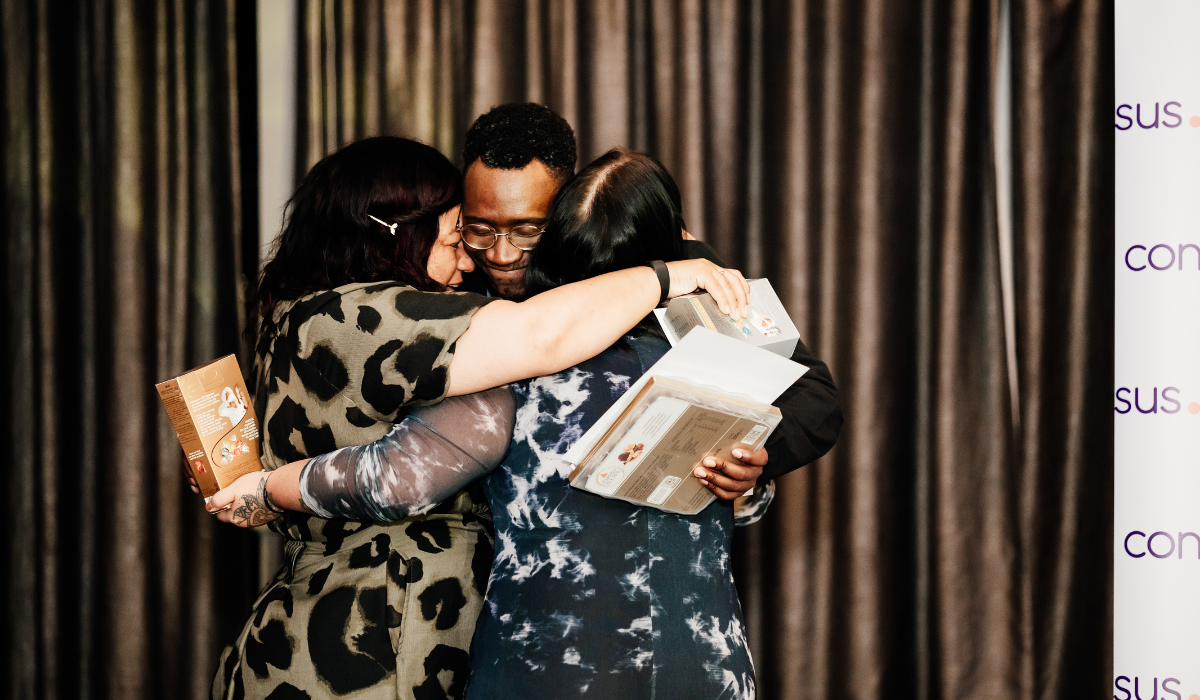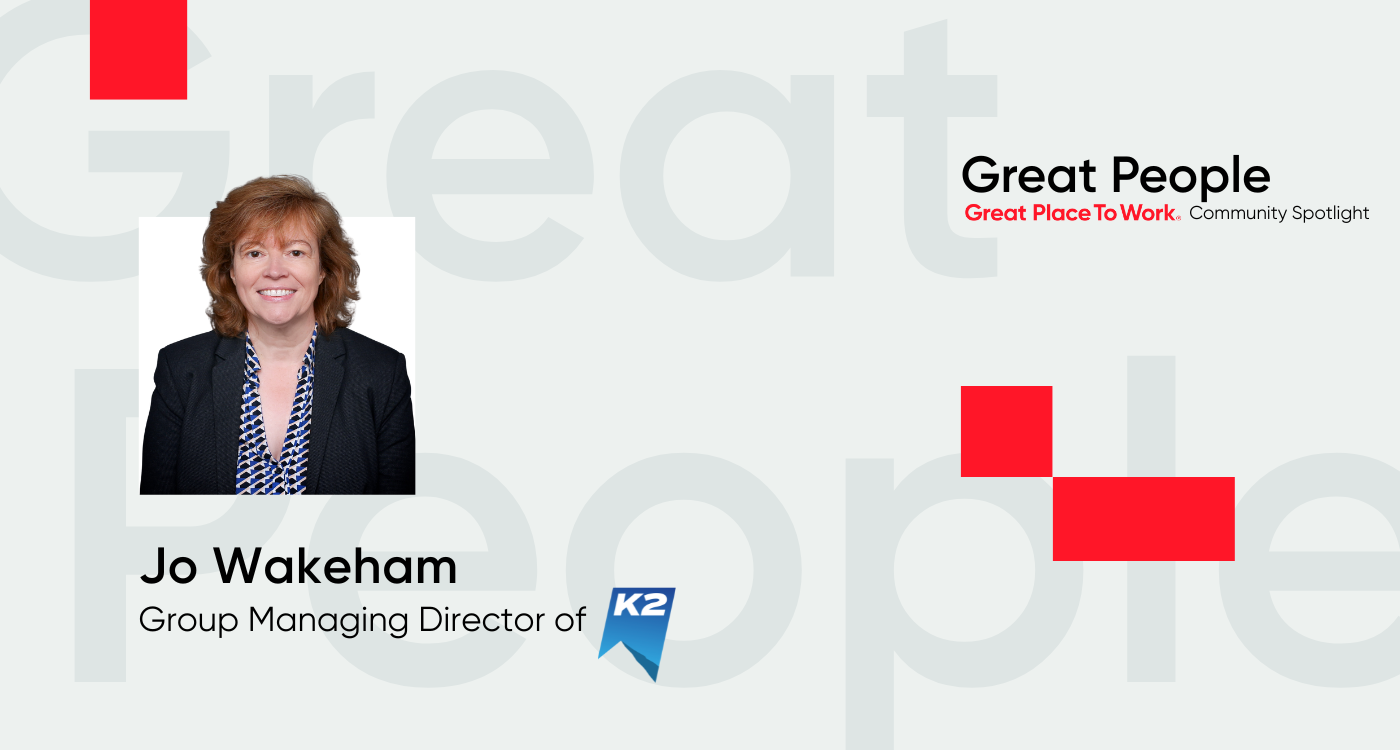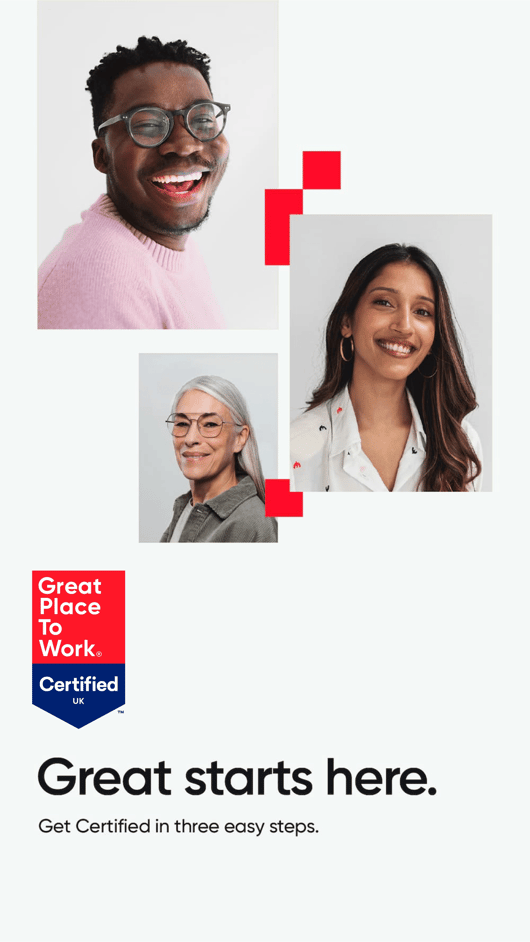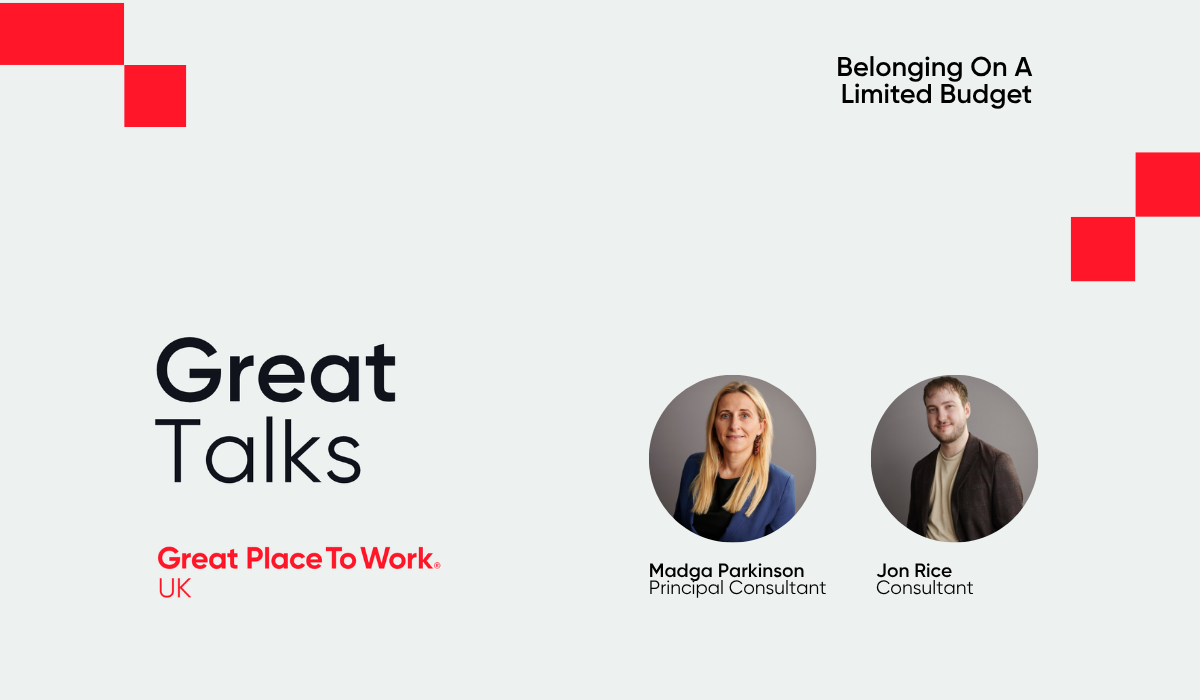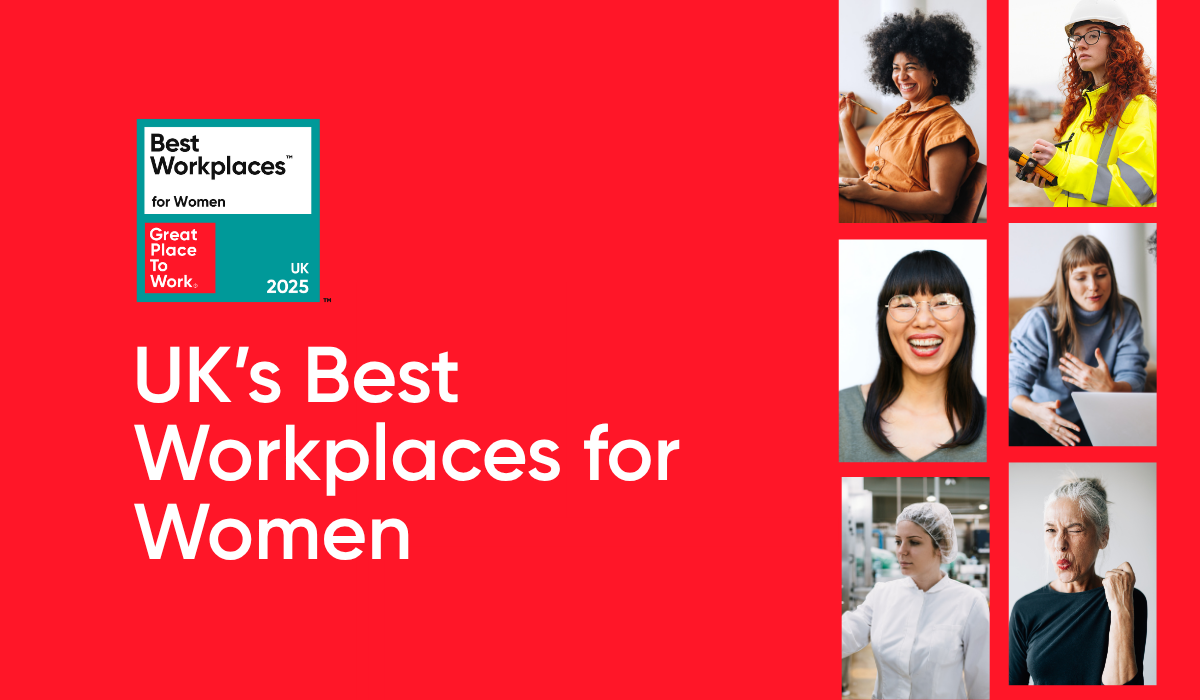As companies recognise Pride month, here’s why you should consider disaggregating your people data, rather than engaging all LGBTQ+ employees the same way.
The number of UK citizens who identify as LGBTQ+ continues to grow, with recent census data showing that 1.5 million people (3.2% of the population) identify as an LGB+ sexual orientation, and over 200,000 say their gender identity is different to the sex they were assigned at birth.
Even as companies see higher rates of employees identifying as LGBTQ+, they might struggle to understand the experience of these workers. Does a lesbian employee have the same experience as a gay man? Do cisgender gay employees have the same experience as nonbinary or transgender employees?
They do not.
The differences in experience between members of the “same” marginalised group are why an intersectional lens is crucial for building belonging in the workplace.
What is intersectionality?
Coined in 1989 by Kimberlé Crenshaw, law professor at UCLA and Columbia, the idea of intersectionality aims to understand how the many different aspects of background, race, and identity collide to impact an individual’s experience.
“None of us are one thing,” explains Brian K. Reaves, chief belonging, equity, and impact officer at UKG. “The multiple layers of who we are sometimes leads to different outcomes for certain people than others.”
Focus on Belonging
When thinking about LGBTQ+ employees, or any marginalised group, Reaves recommends focusing on belonging rather than inclusion.
“Inclusion is very, very powerful — but the problem is I could feel as though I included you and you can not feel included,” he says.
He gives the example of inviting someone to a senior meeting, but not giving them an opportunity to speak. How inclusive is it when a marginalised voice is in the room, but can’t be heard?
That’s why he focuses on belonging. “Only you can tell me that you belong, and I have to do things to make you feel that way,” he says.
To understand if employees feel like they belong, you need data. “If we don’t build processes to try to reach the uniqueness and the beauty of you, the innovative spirit of you, we are missing out,” he says.
Here are 4 ways you can increase feelings of belonging across your workforce:
1. Disaggregate your data
We're likely all familiar with the gender pay gap - the salary disparity between men and women that means the average woman earns 92p to a man's £1. However, gender isn't the only factor. Research shows that ethnicity plays a major part too, with Black women earning 74p to the average man's £1, and Pakistani women facing the biggest imbalance: a 31p difference.
That’s the danger of aggregating data across a marginalised group that isn’t a monolith. You can’t work on just the 8p problem. You have to work on the 31p problem.
When looking at LGBTQ+ experiences, there are important differences within the overall group, with a 10 percentage point difference in acceptance levels for trans people (82%) compared to LGB people (92%).
It’s highly likely that there are similar differences in the experience of LGBTQ+ employees at your company.
![]() Useful Read: 5 Powerful Ways to Support LGBTQ+ Employees in the Workplace
Useful Read: 5 Powerful Ways to Support LGBTQ+ Employees in the Workplace
2. Consider the whole talent lifecycle
Great workplaces send signals about inclusion at multiple touchpoints with employees, from the recruitment and hiring process to daily operations for current employees.
It’s crucial that new hires see a potential employer act inclusively from the beginning, Reaves says.
“When you first start a new company and you have to fill out a job application, if it only says male and female at the start, that probably tells you a lot,” he says. “It’s saying [leaders] don't understand that people don’t just identify in a binary manner.”
3. Don’t assume employees will trust you with their data
HR leaders shouldn’t take for granted that employees are willing to share sensitive information about their lives with an employer. It comes down to trust.
It's essential to be transparent when collecting data around this area, and to give as much information as possible on how the information will be used. Employee surveys that ensure confidentiality, so that individuals feel able to share without it being traceable, can also be a useful tool.
4. Don’t let employee resource groups isolate themselves
When efforts to support marginalised employees are not intersectional, they can alienate employees who struggle to find their place within the group. That’s why Reaves advises that employee resource groups (ERGs) don’t limit participation to select subgroups.
“No one person is monolithically one person,” Reaves says. “If I’m a Black female, do I need to join both the Black ERG and the female ERG?... If I’m trans, do I have to join Pride?”
When ERGs are open to all, individuals can choose where they belong.
That doesn’t mean that ERGs can’t set rules to create a safe space for members. “You can define when you want allies there or not, or … if there’s things you want to work on with just a specific group,” Reaves recommends.
At UKG, the instruction is simple: Join the ERG that you believe you have the strongest affinity to, but don’t feel as though you have to join them all.
Instead, ERGs can work together to create programming that involves everyone and builds bridges across the organisation.
“Nothing has ever changed in the history of mankind without the majority leaning into the minority and moving it forward,” Reaves says.
People Practices for LGBTQ+ Belonging from Best Workplaces
We're constantly amazed by the practices and programmes our clients
and their employees share with us about why theirs is a great place to
work. Below are a few examples we found particularly inspiring for
fostering a sense of belonging among LGBTQ+ employees.
Transgender Benefits Policies at Expedia Group
Based on feedback provided by LGBTQ+ employees, Expedia group have created a set of benefits and policies aimed at transgender staff, including offering up to $10,000 for medical procedures, helping more people access life-changing services.
Celebrating Pride with Capital One
As well as winning awards for their LGBTQ+ inclusion efforts, Capital One facilitated a week of LGBTQ+ themed events in recognition of Nottingham Pride. 100+ employees and families celebrated at the Pride Parade last year with their local community - a record high.
Webinar Series at Sopra Steria
Sopra Steria run webinars on specific subjects related to LGBTQ+ inclusion to educate their employees. Topics have included 'How To Foster Belonging in the Workplace', run by award-winning Equity Educator Laila El-Metoui and 'Trans Awareness: Top Tips', facilitated by charity Gendered Intelligence.
.png)


